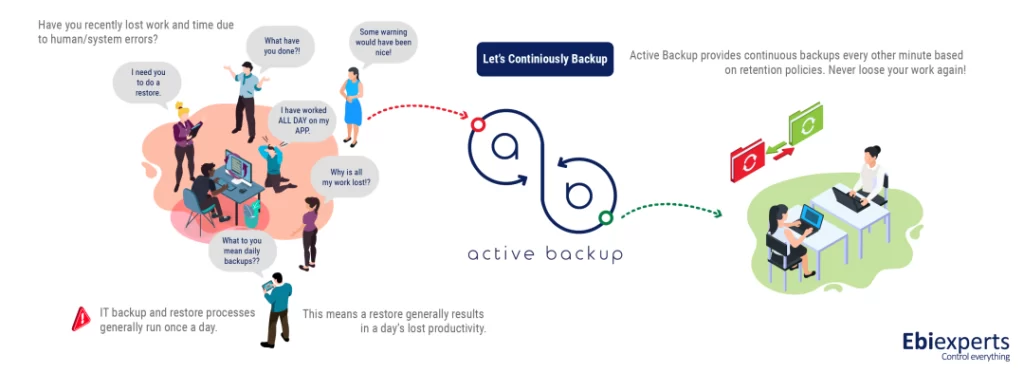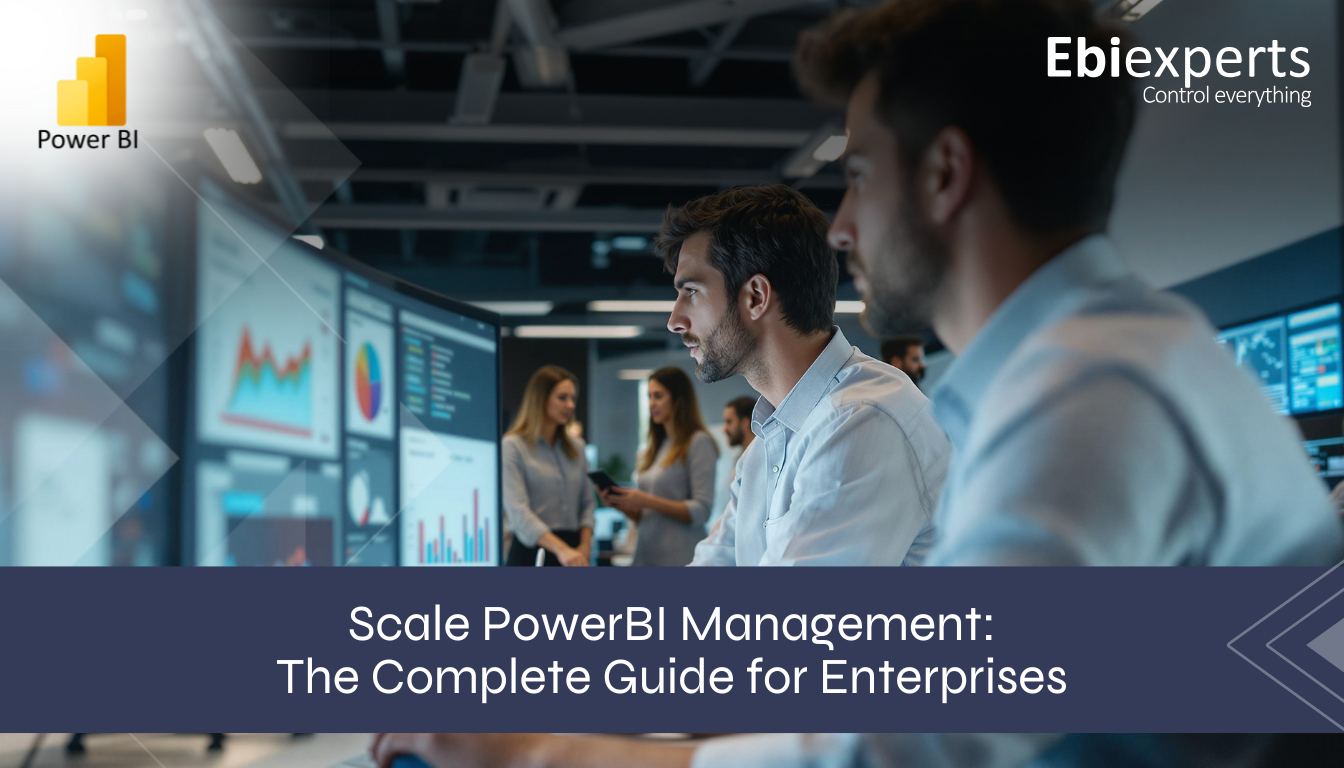Aaaarrrrchhhhh!

I’m going to pretend that is all I said the last time I deleted work I should not have. The world is moving so quickly and between automated saves and manual saves most of us don’t know whether we are coming or going most of the time.
The challenge with company IT backup policies are the levels. They can generally provide you with a database backup not a file level backups. This would be about 80% of our assessments.
One of our customer’s we assessed did replace a file by accident and has this exact challenge, which is everyone would need to export their work, run the backup of the total database, everybody needs to import their work back into Qlik Sense. There really should be an easier way and we have created it!
Welcome to Active Backup for Qlik

Active backup takes incremental snapshots of your assets, as changed from time to time, and keeps the backups based on Administrator’s defined retention policies. The product is thus able to provide you as the AppOwner or Admin with a backup of your specific file and work every 15 minutes and provides an easy-to-use interface for your self-service restore procedure which restores the application instantly and kicks off a reload of the application.
Join us – Active Backup for Qlik Launch Webinar
When: Tuesday, 12 April 2022
Time: 05:00 PM Zurich
(After registering, you will receive a confirmation email containing information about joining the webinar.)



